Some pictures are now so mediated that their actual physicality has long been dwarfed by a million reproductions. The ‘Mona Lisa’, obviously. ‘The Haywain’ is the subject of countless cushion covers and trays. ‘The Birth of Venus’ has marketed trainers, hair dye and the New Yorker. Now, Georges Seurat’s ‘Un dimanche après-midi à l’Île de la Grande Jatte’, possibly the most famous painting to have inspired an entire musical and which has, along the way, inspired umbrellas, duvet covers, dresses, socks and face masks, is the subject of an ‘immersive’ creative experience.
Already a subscriber? Log in
Subscribe for just $2 a week
Try a month of The Spectator Australia absolutely free and without commitment. Not only that but – if you choose to continue – you’ll pay just $2 a week for your first year.
- Unlimited access to spectator.com.au and app
- The weekly edition on the Spectator Australia app
- Spectator podcasts and newsletters
- Full access to spectator.co.uk
Unlock this article
You might disagree with half of it, but you’ll enjoy reading all of it. Try your first month for free, then just $2 a week for the remainder of your first year.

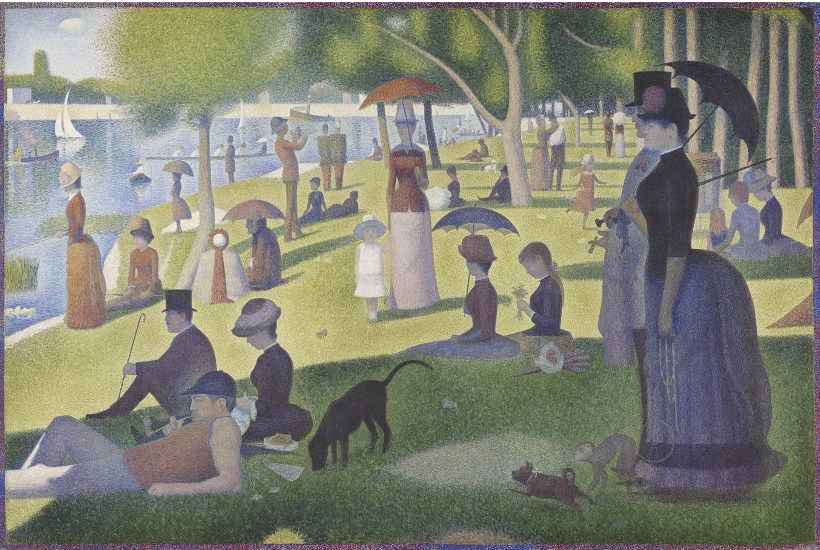

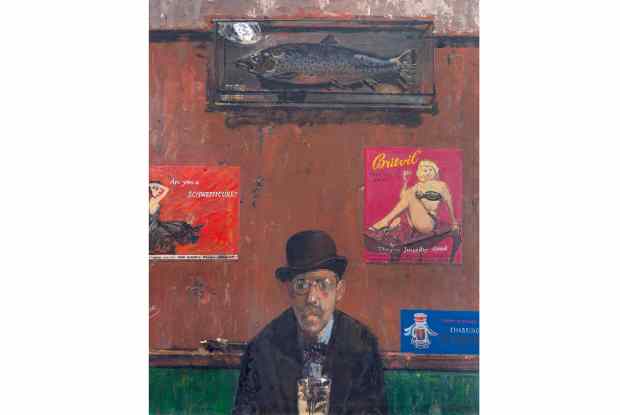
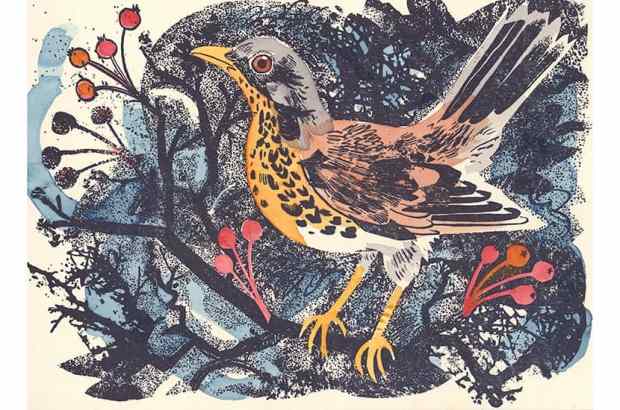
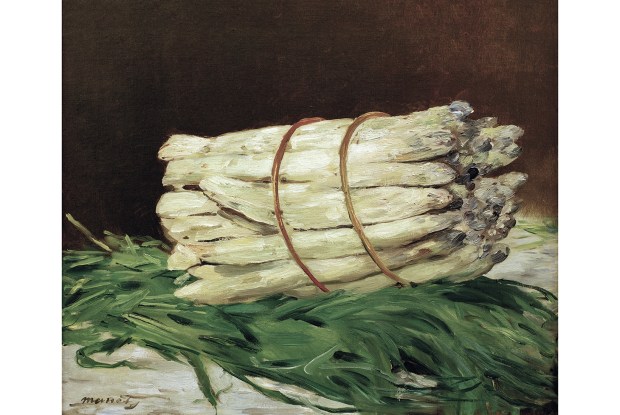
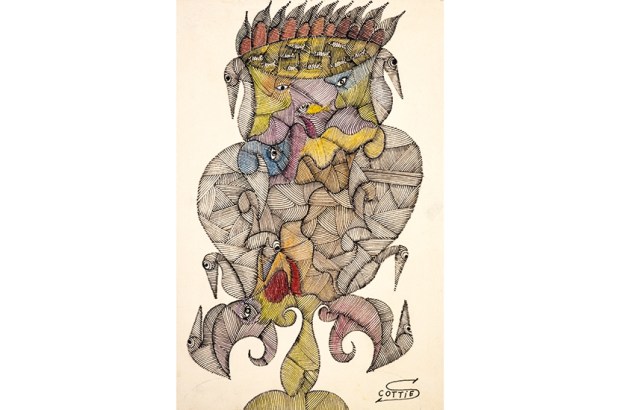
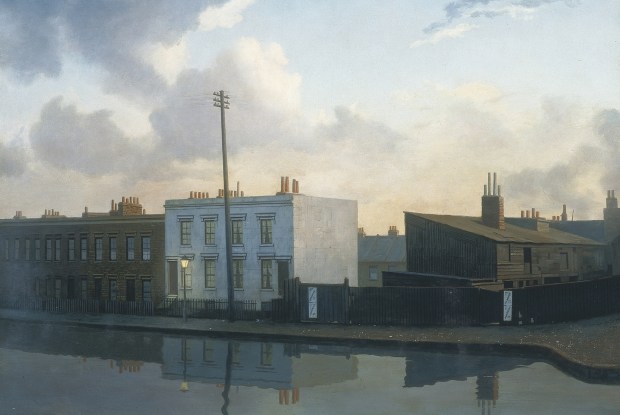






Comments
Don't miss out
Join the conversation with other Spectator Australia readers. Subscribe to leave a comment.
SUBSCRIBEAlready a subscriber? Log in